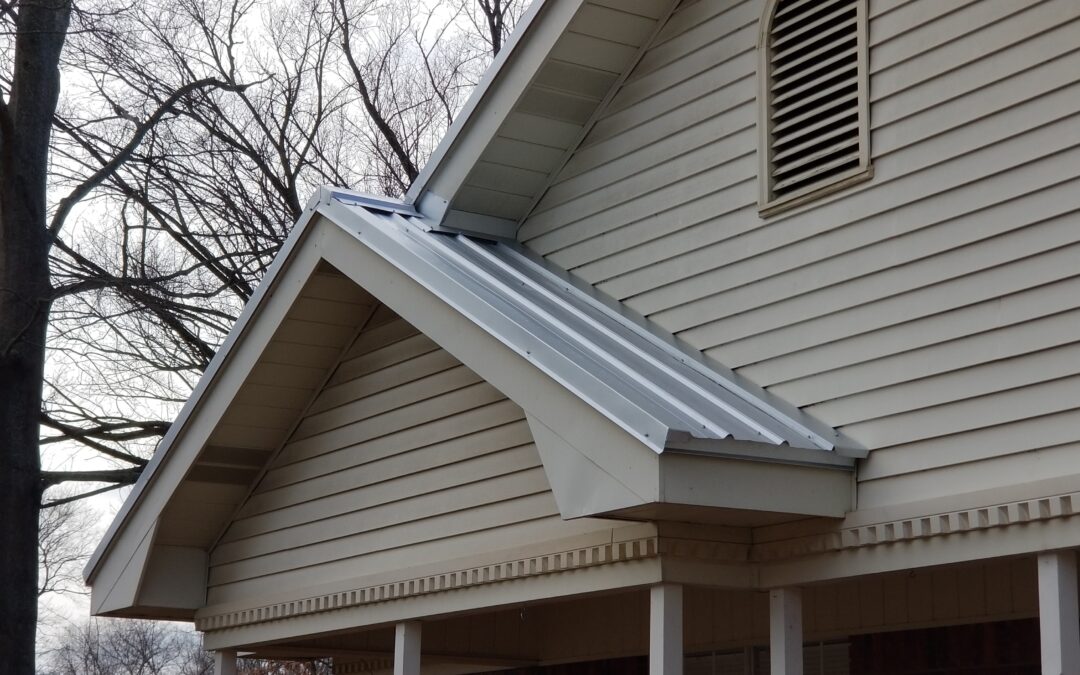Metal roofing is a durable, attractive, and popular choice for homes. With minimal maintenance and a good understanding of its essential components, your metal roof is capable of lasting for generations.
Some necessary but often-overlooked or misunderstood elements of metal roofing include flashing, drip edges, ridge caps, snow guards, trim, and rain diverters. These are all components with important functions, requiring a little know-how for successful installation and maintenance.
Metal roof flashing
Flashing prevents water infiltration and protects vulnerable areas of your roof from potential leaks. Flashing is typically made of metal, like aluminum or galvanized steel, and it’s strategically installed in areas where different surfaces meet or where there are breaks in roofing material. It exists to create a watertight barrier, redirecting water away from critical points to allow the roof to remain structurally sound and free from water damage.
Typically, flashing is installed around chimneys, vent pipes, skylights, and dormers.
If flashing is properly installed, it prevents water intrusion, which is one of the most common causes of roof damage.
Metal roof drip edge
Drip edges work to divert water away from the roof. They guide rainwater away from the fascia of your roof, preventing it from seeping under the roofing material in order to protect the underlying structure.
Metal roof ridge cap
Ridge caps are installed at the peak of the roof, to seal the gap between two sloping sides. They enhance weather resistance and contribute to the overall aesthetic of the roof.
More specifically, the ridge cap prevents rain and snow from penetrating the roof structure and causing damage. Because of its shape, it also guides water away from the peak of the roof. Without a ridge cap, the peak of the roof has the potential to be vulnerable to the elements or even pests.
Metal roof ridge vent
Ridge vents help the ventilation system of a building by allowing for the passive exchange of air within the roof space or attic. At the highest point of the roof, the ridge works with intake vents to create a continuous airflow.
While this might seem simple, ridge vents prevent attics from reaching excessive heat levels that elevate energy bills. The airflow also controls moisture within the attic, which prevents condensation, mold growth, and wood rot.
Metal roof trim
Trim elements, like rake trim and transition flashing, contribute to the overall aesthetic appeal of the roof. Rake trim provides a clean finish to gable ends, and transition flashing ensures a watertight seal in areas of the roof where different slopes meet.
Important components of a metal roof
All of the components discussed here work together to create a cohesive and effective roofing system that’s capable of standing up to the elements while also looking great.
Design and installation of a metal roof involves careful consideration of each component. Understanding their functions, along with proper installation and maintenance, ensures that your metal roof will remain durable, watertight, and visually appealing for decades to come.Got questions about the specifics of your metal roof, or ready to take the plunge and invest in a durable, beautiful metal roof of your own? Send the experts here at Metal Roof Pros a message today.

